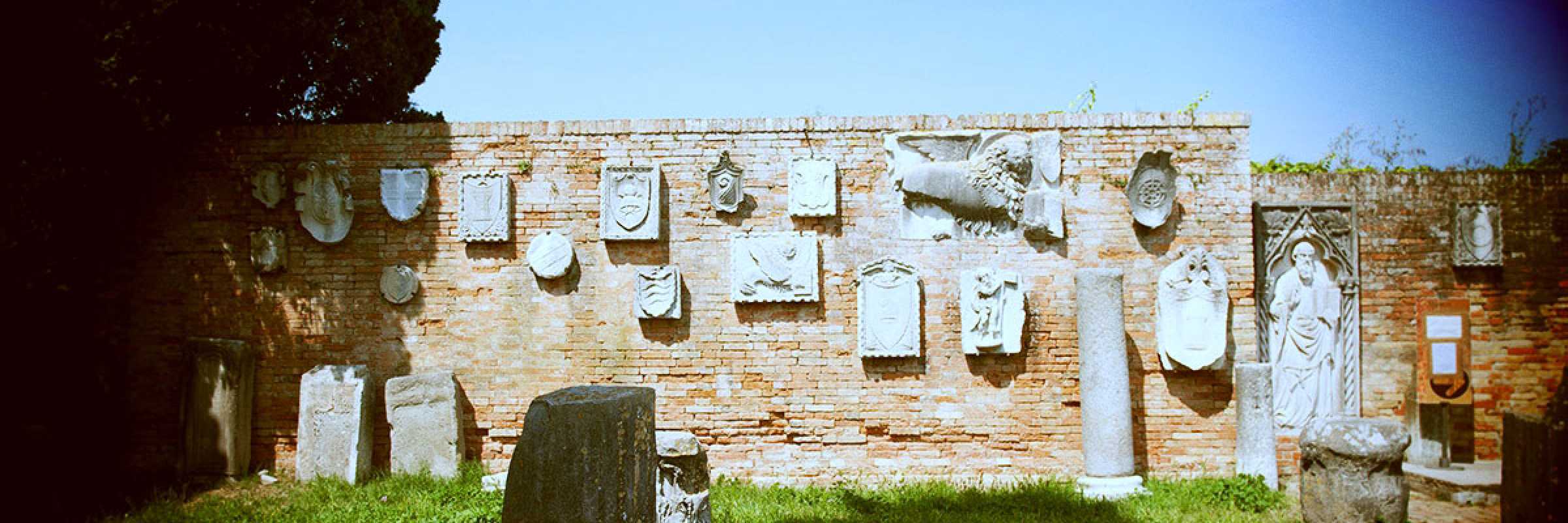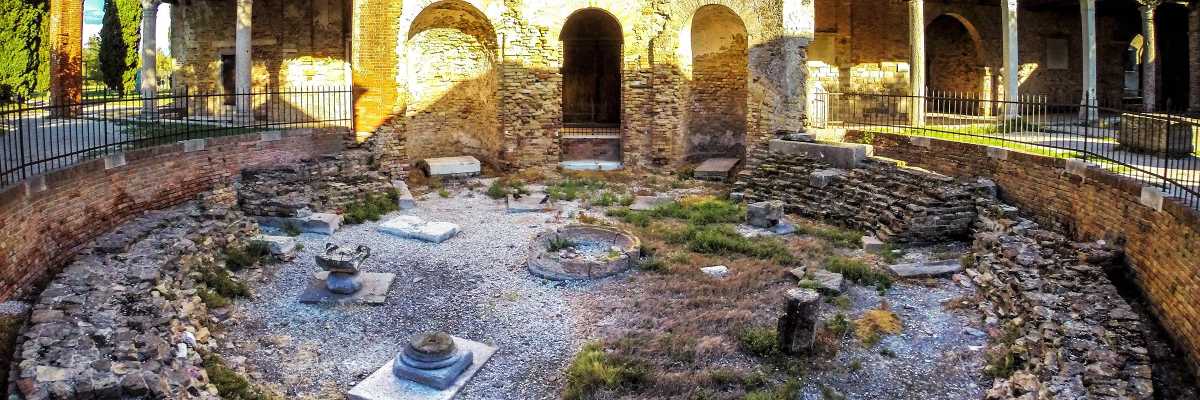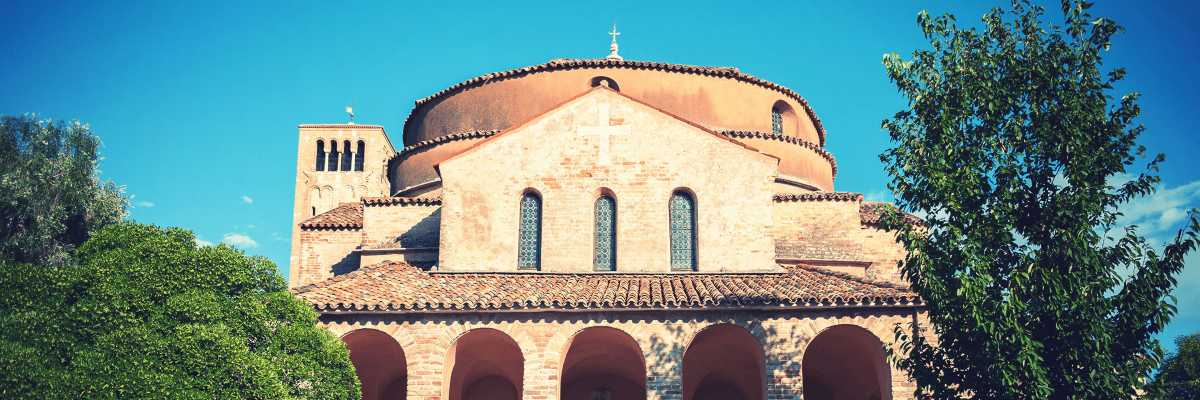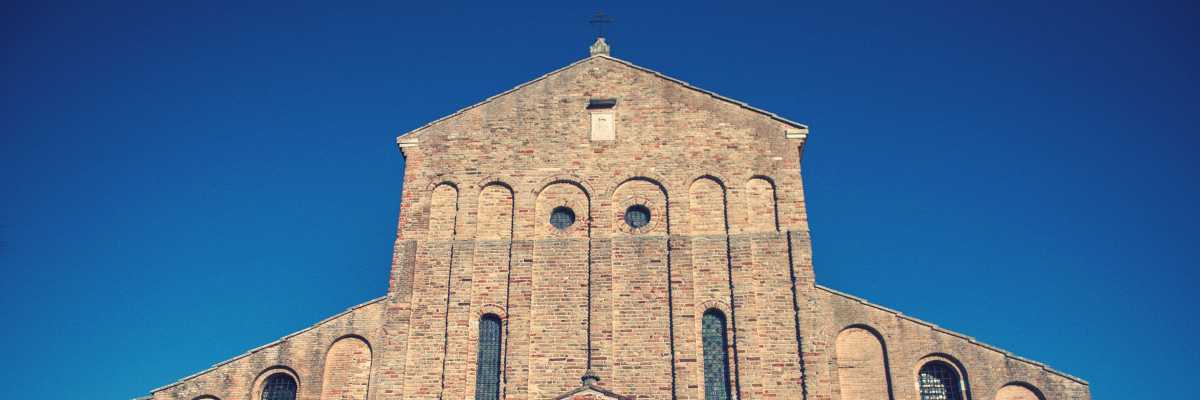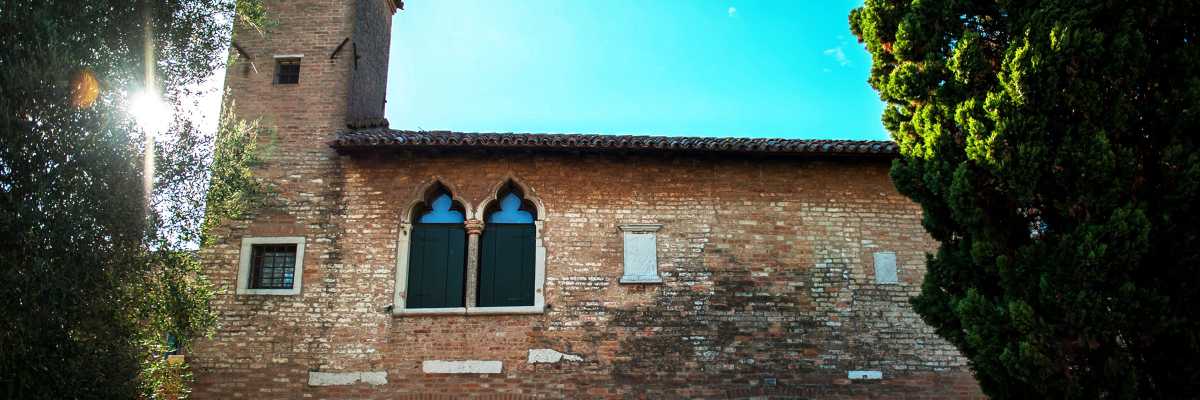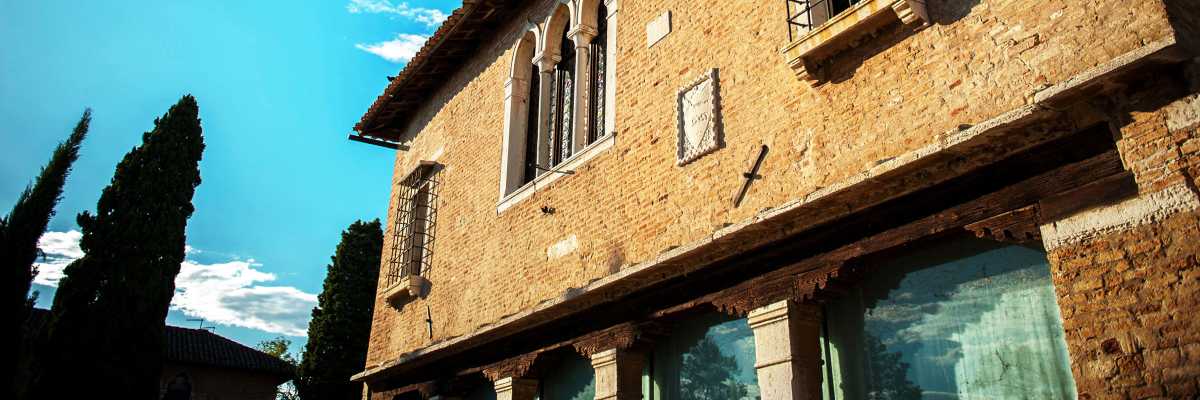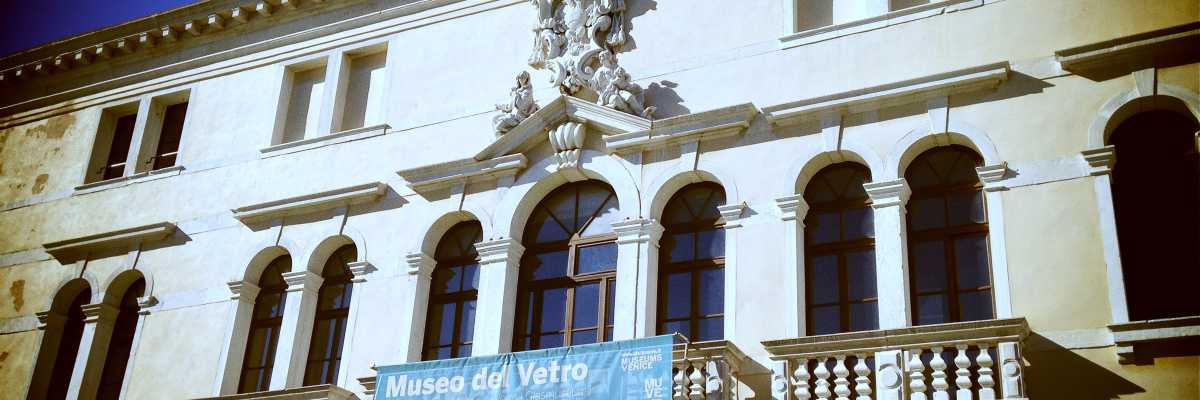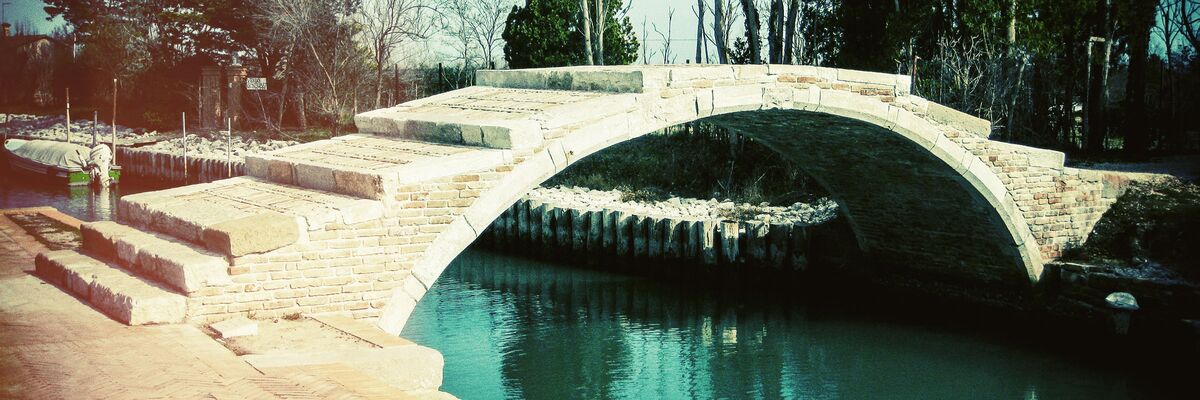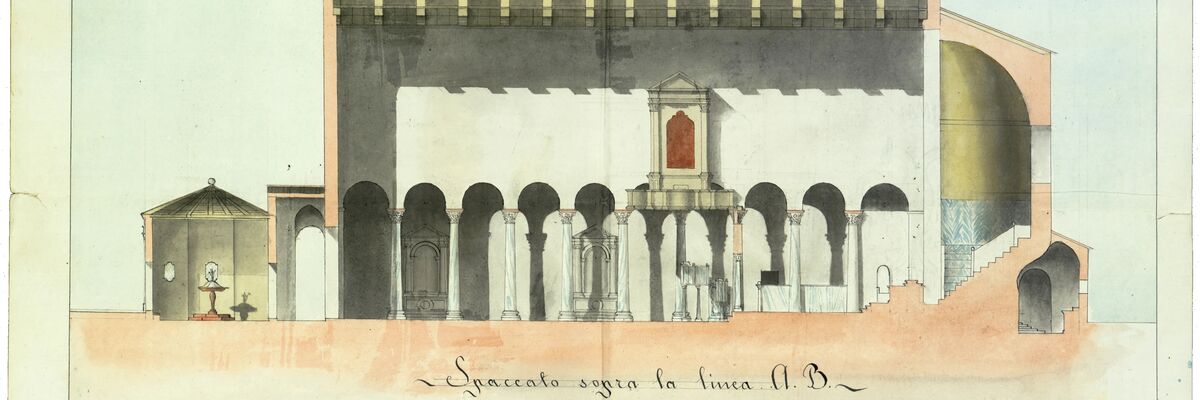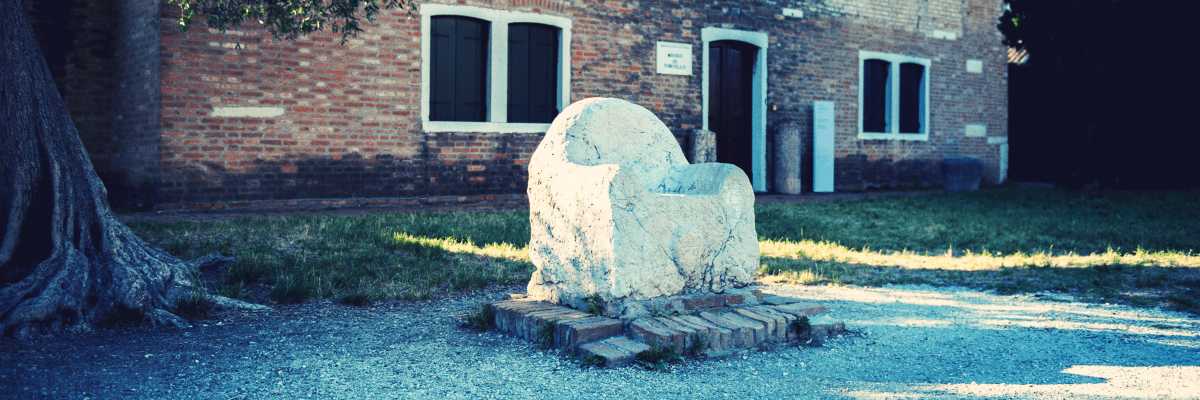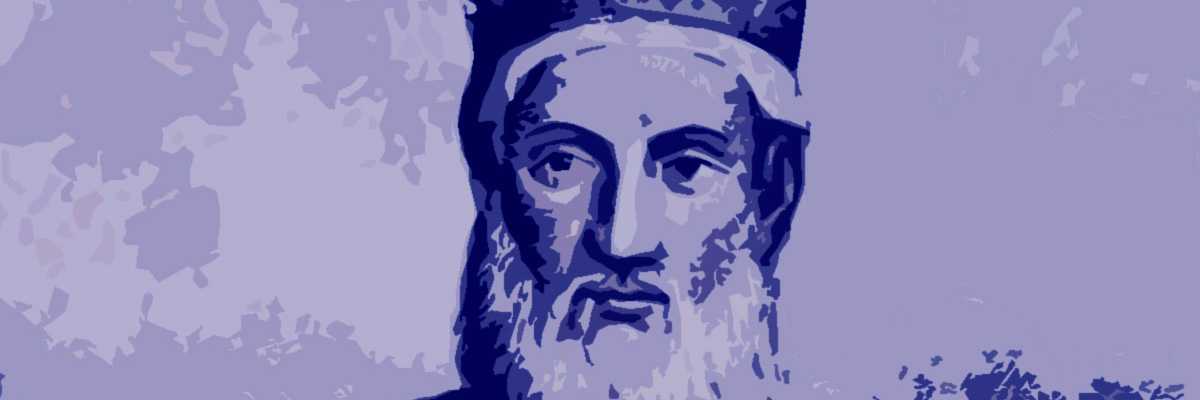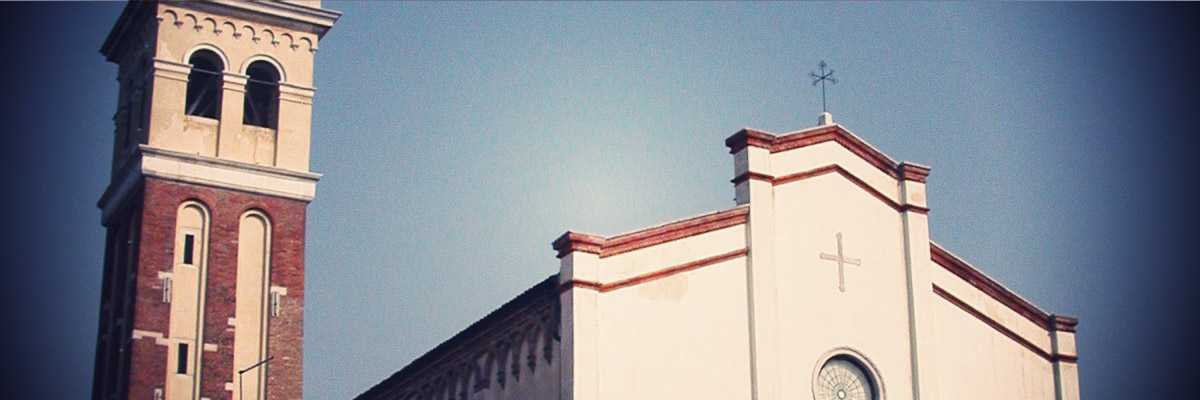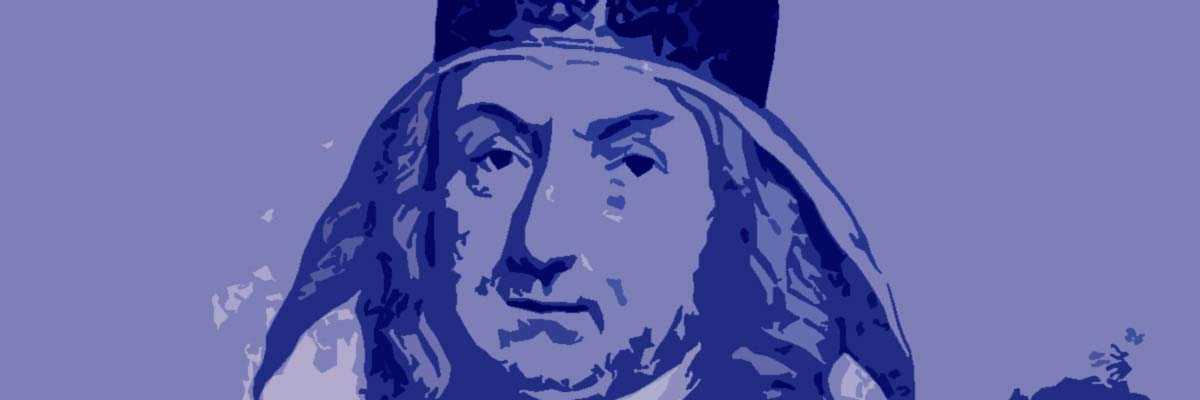The Torcello Museum was established in 1870 thanks to Luigi Torelli - former Prefect of Venice - who bought and restored the 14th century Palazzo del Consiglio.
Torelli acquired the building with the aim of making it the ideal place to house the artifacts and art objects found on the island and in the nearby areas, both in the lagoon and on the mainland. After some restoration work, the property was donated to the Province of Venice in 1872, entrusting the management of the collection to Nicolò Battaglini, who was already an associate of Torelli. Fifteen years later Cesare Augus
Already subscribed? Login →
Continue reading:
7,99€ per month, or 59€ per year
Invest in culture, in beauty, in a better future.
You can unsubscribe whenever you want.
or
